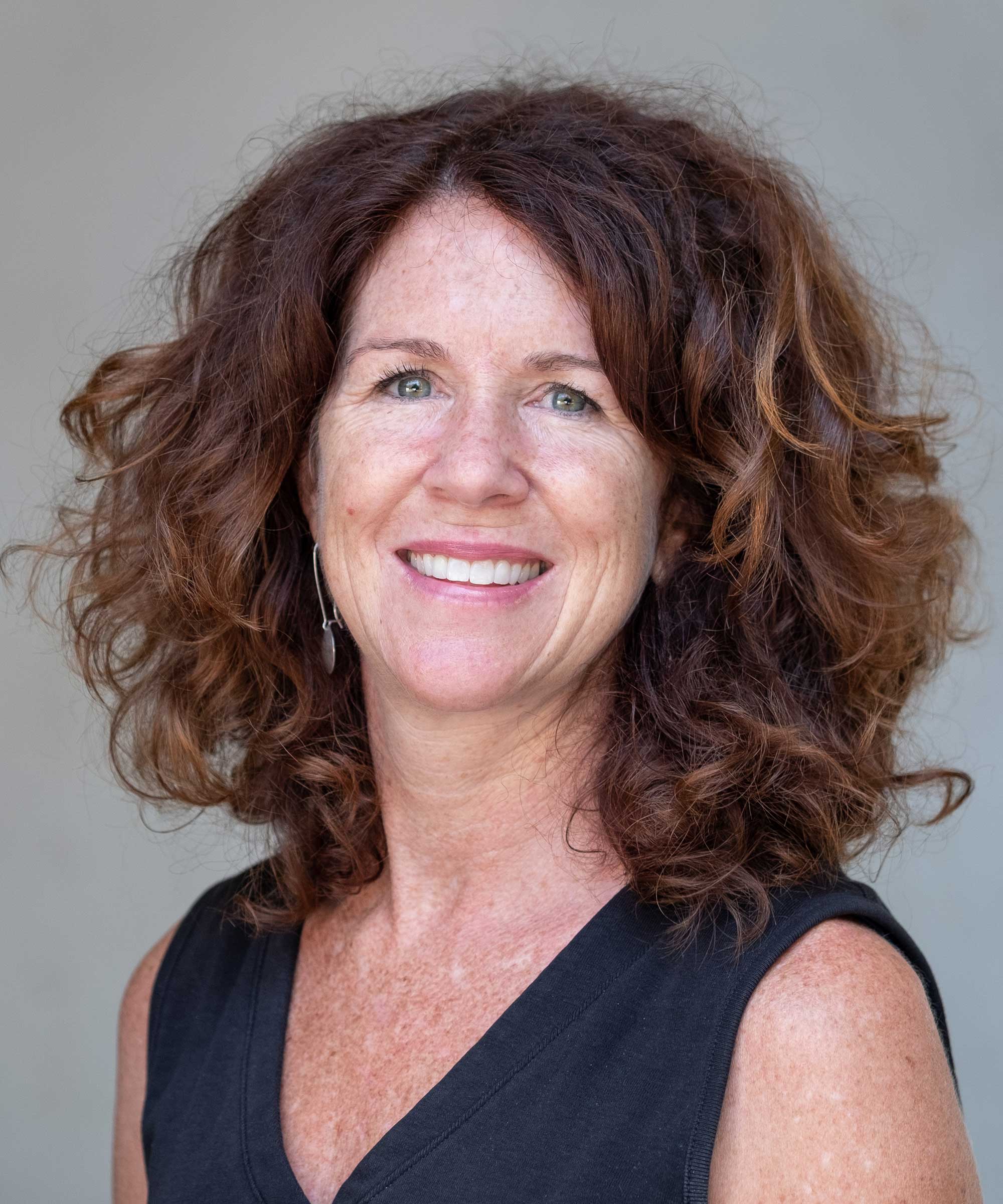How much does it cost to add a plunge pool to your yard? Experts reveal what you should budget
A plunge pool can elevate your home and boost your health – but what’s the real cost of adding one to your yard?


Compact, stylish, and packed with health benefits, a plunge pool is the perfect solution for those who crave a little luxury without the space or expense of a full-sized swimming pool. If this sounds like you, you might be curious about the cost of adding a plunge pool to your yard.
Ideal for smaller spaces, plunge pools are easy to maintain and energy-efficient, making them a popular choice for homeowners who want to enhance their backyard or take advantage of the associated health benefits. But before you dive in, it’s essential to understand the factors and costs involved in building a plunge pool.
We asked experts what you should budget for adding a plunge pool to your home, from installation to ongoing maintenance costs, so you can build a plunge pool that’s not just beautiful but also a smart investment.

How much does it cost to add a plunge pool to your yard
Karen Larson, Co-Founder of Soake Pools, explains, ‘On average, plunge pool options range from rubber barrels at approximately $1,000, to hand-tiled, concrete cold plunge tubs that are approximately $27,000 for the product itself, not including installation.
'The lower-cost options are generally a “set down and plug in” scenario, while the more expensive options typically involve installation, plumbing, and landscaping in addition to the cost of the cold plunge tub itself.’
The benefits of adding a plunge pool
According to Karen Larson, a plunge pool offers a myriad of benefits, both financial and aesthetically, ‘Depending on the model, a plunge pool can be used year-round whereas a traditional pool is closed for the winter.
'A plunge pool also takes up less space, increasing the homeowner’s available space for additional amenities or landscaping. Additionally, a plunge pool can increase home values according to realtors and customers who have bought or sold homes with plunge pools.’
Design expertise in your inbox – from inspiring decorating ideas and beautiful celebrity homes to practical gardening advice and shopping round-ups.

Karen’s journey in design began with a background in textiles, leading her to a successful career in interior design. Her passion for creating beautiful spaces eventually extended beyond interiors when she co-founded Soake Pools. Karen finds great satisfaction in the challenge of designing and delivering compact, stylish plunge pools that enhance outdoor spaces.
The Main Costs of Adding a Plunge Pool

Adding a plunge pool to your yard involves several key expenses, which can vary depending on the specifics of your project. Karen Larson notes that ‘to get your plunge pool up and running, you’ll need to hire an excavator, a plumber, and an electrician. Usually, you’ll also need a stone mason for finishing details.’
These professionals are essential for the initial setup and ensuring your pool is safely and properly installed.
Excavation
If you opt for an in-ground plunge pool, excavation is a crucial step and a significant cost to consider. Brett Dunn, CFO of Mission Pools, explains, ‘An in-ground unit requires excavation, steel, shotcrete, tile and coping, plumbing, equipment, and plaster.’
On average, excavation alone can cost between $1,500 and $5,000, depending on the size and depth of the pool and the complexity of the soil and terrain. You’ll also need to budget for a crane operator, which can add another $500 to $2,000 depending on the pool’s weight, and a team to dig the hole, which typically costs between $1,000 and $3,000. These elements are essential for installing an in-ground pool and ensuring it is properly supported and finished.
Mission Pools is a family-owned, multi-generational pool and spa building company based in San Diego. Following his father's footsteps, Brett Dunn has taken a leadership role in the family business and has been with the company for the past seven years. With pool building in his bloodline, he has been surrounded by the proper tools and information to become an expert in the field.
Prefabricated Plunge Pool Units
If you're considering a prefabricated plunge pool, there are different costs to keep in mind. Prefabricated units, particularly those made of stainless steel, can range from $10,000 to $30,000 or more, depending on the size and finish.
Brett Dunn adds, ‘This route still involves equipment and plumbing charges,’ which can add $3,000 to $7,000 to your total. Additionally, the structure needed to support the fabricated plunge pool can add significant costs, with installation and foundation work averaging between $5,000 and $15,000.
While prefabricated options can offer convenience, they still require a solid foundation and appropriate installation to ensure durability and aesthetic appeal.
Plumbing and Electrics
When it comes to refrigerated plunge pools, the plumbing requirements are minimal, which can help keep costs down.
Dr Paul McKay, a Cold Water Immersion Expert at MK McKay Integrative Consulting, notes, ‘The nice thing about most of these refrigerated plunge pools is that there is no plumbing required. Everything from filtration to refrigeration is self-contained, so you will just need a standard outdoor outlet to plug it in.’
However, if your pool requires additional electrical work to install outlets or connect the pool’s systems, you should budget around $500 to $2,000 for a licensed electrician, depending on the complexity of the work and local rates.

Dr. Paul "Maverick" McKay is a distinguished thought leader bridging the worlds of corporate strategy and integrative health. With a education and specialization in Integrative Health from Harvard Medical School, a Certified Clinical Trauma Professional, and advanced studies in Behavioral Economics from MIT, "Maverick" has carved out a unique niche where business acumen meets holistic well-being.

Lighting
Adding lighting to your plunge pool not only enhances its visual appeal but also increases its functionality, allowing you to enjoy your pool during the evening. The cost of pool lighting can vary depending on the type and number of lights.
Basic underwater LED lights typically cost between $300 and $700 per light, including installation. If you're opting for more advanced lighting features, such as color-changing LEDs or integrated landscape lighting, the total cost could range from $1,000 to $3,000 or more, depending on the complexity and design.
However, if you're looking to save money, you can consider using non-integrated lighting options. Solar-powered or battery-operated lights are affordable alternatives that don't require professional installation.
These lights can be positioned around the pool area or even floated on the water’s surface to create ambiance. Non-integrated lighting options generally cost between $50 and $300, depending on the style and features, offering a budget-friendly way to enhance your pool's appearance without a significant investment.
Paving and Permits
In addition to the plunge pool itself, there are other important costs to consider, such as paving and permit.
Scott Rajeski, President & CEO of Latham, The Pool Company, explains, ‘These costs don’t include any additional upgrades a homeowner might also want to make, such as pavers, decking, or landscaping.’
Paving around your pool area can add a finished look and typically costs between $10 and $30 per square foot, depending on the materials used. For a small to medium-sized area, this could range from $2,000 to $10,000.
It's also crucial to check with your local municipality regarding permits and regulations. Permit costs can vary widely depending on your location but typically range from $500 to $2,000. This includes fees for pool installation permits, as well as any necessary fencing or safety barriers that may be required by local law to ensure your pool meets safety standards.

Scott M. Rajeski has served as President and Chief Executive Officer for Latham Pool Products Inc since October 2017 and as Chief Executive Officer and Director since December 2020. He previously served as Latham Pool Products’ Chief Financial Officer and Vice President since August 2012.
Maintenance and Ongoing Costs

When considering the cost of adding a plunge pool to your yard, it’s important to understand the ongoing maintenance and energy costs involved. These expenses can vary based on the type of pool and its features.
Electrical and Energy Costs
Brett Dunn from Mission Pools, highlights that the main ongoing expense for having a plunge pool is electrical. ‘The main ongoing maintenance cost is the electrical cost, as the units are intended to run for extended periods.
To keep the water at the recommended temperature, it must cycle through the chiller continuously. Otherwise, the water temperature will rise based on the surrounding environment, and it will take significant time to lower it back to the recommended level.’
Chemical and Water Maintenance
Paul McKay from MK McKay Integrative Consulting notes that while plunge pools are relatively low-maintenance, there are still basic upkeep tasks. ‘It's important to monitor the sanitary levels of the water. Some advise adding chlorine or other chemicals to keep the water clean. If you don't use chemicals, then weekly water changes with a hose and filter replacements are necessary.’
However, this doesn’t have to be a time-consuming task. You can choose to hire a pool specialist who will test the water levels, add the necessary chemicals, and also clean your pool.
Material-Specific Maintenance
Gail Conroy from Latham, The Pool Company, emphasizes that the type of plunge pool material you choose can greatly affect ongoing maintenance costs.
‘Depending on what type of plunge pool is installed, all will require ongoing maintenance and energy costs to run filtration systems or heaters, for example. However, fiberglass can be the least costly to maintain as it won’t require long-term resurfacing or a liner replacement, which can be the case with concrete or vinyl pools.’
Smaller plunge pools generally need fewer chemicals and less energy, making them easier to maintain daily.
Safety and Additional Considerations
In addition to the regular upkeep, ensuring safety is a key part of maintaining a plunge pool. Scott Rajeski advises that all pools should have a safety cover, especially when you winterize a pool during colder months or when the pool is not in use.
‘Automatic safety covers provide added protection during the season. They automatically cover and secure the surface with a touch of a button to keep the pool clean, retain heat, and protect little ones and animals from accessing the pool when unsupervised.’
Ultimately, investing in a plunge pool is about more than just the immediate costs; it’s an investment in your well-being. While there are plenty of initial costs and maintenance considerations, the long-term benefits of having a personal retreat to manage stress and enjoy relaxation can make a plunge pool a valuable addition to your home. Plus, a properly installed plunge pool can even add to the value of your home, making it an investment that, over time, can truly pay for itself.

Gabriella is a freelance contributor for Homes & Gardens. She is a DIY enthusiast and a lover of all things interior design, often found antiquing or browsing the aisles of her local hardware store. She has a particular passion for historic buildings and is in the process of renovating a Victorian coachhouse in the countryside.
For much of the past decade, Gabriella has worked as a freelance writer, crafting copy for national publications and renowned homeware brands. Most recently, she worked for Homebuilding & Renovating Magazine and is the former Head of Solved at Homes & Gardens, focusing on case studies for the magazine and website, as well as writing features about issues surrounding historic and listed building projects.



